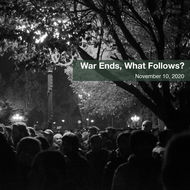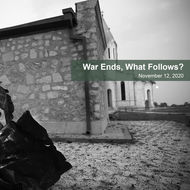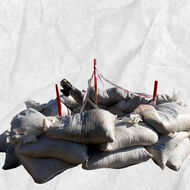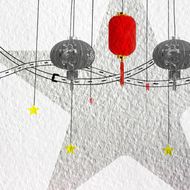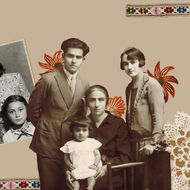Search articles
Search results for
War Ends, What Follows?
In the wake of the November 10 ceasefire agreement and introduction of Russian peacekeepers to Artsakh, details of its implementation are still being discussed. Meanwhile, opposition party leaders were arrested for allegedly planning Pashinyan’s assassination.
War Ends, What Follows? Live Updates
The country is shaken after crushing terms were imposed to end the 2020 Artsakh War. As government buildings were vandalized overnight, attention has shifted to Yerevan. Updates to be provided as they develop.
War Ends, What Follows? Live Updates
As Armenians are trying to come to terms with the imposed peace deal following the Artsakh War, thousands of people took to the streets in Yerevan demanding the resignation of Prime Minister Nikol Pashinyan and his government.
War Ends, What Follows? Live Updates
OSCE Minsk Group Co-Chairmanship format to remain unchanged. Protests continue in Yerevan. Pashinyan meets with President and parliamentary caucus.
War, Nothing But War: The Virtue of Brute Force and the Shortcomings of Diplomacy
By Nerses Kopalyan
The narrow geopolitical framework of the three-decade-old Karabakh conflict is now threatening to become a Eurasian nightmare: Turkey's involvement has sensationalized the war, Iran’s unease has reinforced the confusion, while Russia's perceived passiveness has created much regional anxiety.
Was China All Innocent During the 2020 Artsakh War?
By Paruyr Abrahamyan
China considers Turkey a key strategic partner under the Belt and Road Initiative. It has also intensified economic relations with Azerbaijan and is keen to diversify its commercial routes to Europe. Was China a silent observer or did it have any role to play during the 2020 Artsakh War.
Was the Revolution Justified?
By Simon Clarke
Was there just cause for the Velvet Revolution on substantive or procedural grounds? Dr. Simon Clarke applies a number of principles to the events that took place in Armenia earlier this year to determine whether the revolution was justified.
Water
In the July 2021 magazine issue “Water” you can find articles on water security, the challenges of irrigation for Armenian farmers, the threat facing Lake Sevan and how water is the source of ancient Armenian traditions.
Water: Armenia’s 21st Century Oil?
By Lusine Sargsyan
Despite a number of legislative and institutional reforms initiated over the past decade, the water sector in Armenia still faces serious challenges with respect to management and protection.
Weaving a Safety Net: How Embroidering Links Two Waves of Armenian Refugees
By Varduhi Kirakosyan
For Armenians in the Ottoman Empire, and for Syrian-Armenians in Yerevan, crafting served as a way of earning a living and as a process of rebuilding and reimagining a social world through the temporal markers that help them nurture a sense of “home.”



